Many people will tell you that the Le Mans 24 Hours is one of the most exiting and engaging races of the year.
It's understandable why. Twenty-four hours of flat-out racing, a vibrant atmosphere, myriad teams and a variety of different cars. It's also the world's oldest active endurance race, with it having been held annually since 1923.
Like many, however, I'd never been to Le Mans, despite its allure and historic status. So, when Aston Martin offered for me to join them for the weekend at the 2013 Le Mans 24 Hours, I couldn't really think of enough ways to say yes.
Besides seeing the historic race in all its glory, it would also mean that I would get to drive an Aston Martin - a DB9 in particular - for the first time. This was not an opportunity to pass up.
Our journey was to be a relatively simple one. We'd leave from Autocar's office in Teddington at about 4.30AM, cruise down to the channel tunnel, then make our way to Le Mans. Near the track we'd detour to La Chartre-sur-le-Loir, to meet the Aston Martin Owners' Club for lunch.
Stan Papior, Autocar's chief photographer, would be joining me for the trip and providing some welcome company for the drive down. The DB9, which transpired to be a 'Volante' convertible version, arrived at Autocar on Thursday, prior to our departure.
On Friday, at 3.30AM, my alarm sounded. I grabbed my gear and headed down to the car, slightly tentative about its luggage capacity. I had heard that the DB9 was not particularly practical, and the Volante variant even less so, but I only had a relatively small case and my satchel to take with me.
When I opened the boot, however, I found that my travel case barely fitted. Even then, it only just about squeezed in if I removed the wind deflector. That found a new home on the rear seats, along with my satchel. On meeting Stan at the office, however, my heart sunk a little when I saw he had several cases, most of which was camera gear.
Still, somehow, with some careful consideration we managed to pack everything in to the DB9. The majority of it ended up stacked on the rear seats, while the wind deflector was carefully stored under my desk in the office. The crisis was averted but I was still surprised how little storage space was on offer.
With the sat-nav set for Folkstone, I fired up the Aston's all-aluminium 5.9-litre V12. Besides its smoothness and relative silence at low speeds, what initially struck me about the DB9 was how easy it was to drive. No snatching, no overly aggressive responses to control inputs and a ride that wasn't overly firm; these were all prime features of the ideal long-range GT.
A quick hop across - well, under - the channel on the Eurotunnel saw us hit French soil at about 7AM. The sat-nav suggested that we had about 280 miles to cover to our destination. Unfortunately, however, it seemed keen to send us down side roads and through towns, rather than sticking to the faster and clearer autoroutes.
It quickly became so immensely frustrating, partly due to its clunky interface, that we ditched it wholesale and used the navigation function on my smartphone instead. Not quite what you expect from a £142,000 car.
Elsewhere, however, the Aston continued to impress. It made light work of the autoroutes, and remained relatively refined at speed - although on some surfaces there was a notable amount of tyre noise. We left the top up for the duration, because heavy, grey clouds loomed suspiciously above us.
The journey to La Chartre-sur-le-Loir was fairly uneventful, and along the way we passed other British-plated cars making the annual pilgrimage to Le Mans. Highlights included a beautiful red 1980 Porsche 911 SC, a Ferrari 348 and a Jaguar XK120.
As we pulled in to La Chartre's square we were greeted with the sight of myriad Astons, of all ages, parked up and drawing huge crowds. Locals leaned from their second and third-floor windows, watching the cars arrive and listening to the sound of straight-six, V8 and V12 Astons being manoeuvred in to their respective parking spaces.
The centrepiece of the display, and what was really grabbing everyone's attention, however, was the CC100. Aston brought it along to display both to the owners and to have it participate in the centenary parade lap at Le Mans.
With refreshments consumed, the line-up of cars – including a stunning V12 Vantage S – inspected and a series of speeches from the Aston Martin Owners’ Club taken in, we were ready to complete the final stint to the circuit itself.
An hour later, the Aston rolled up to the entry gates at Le Mans. It's already proving to be quite an experience.

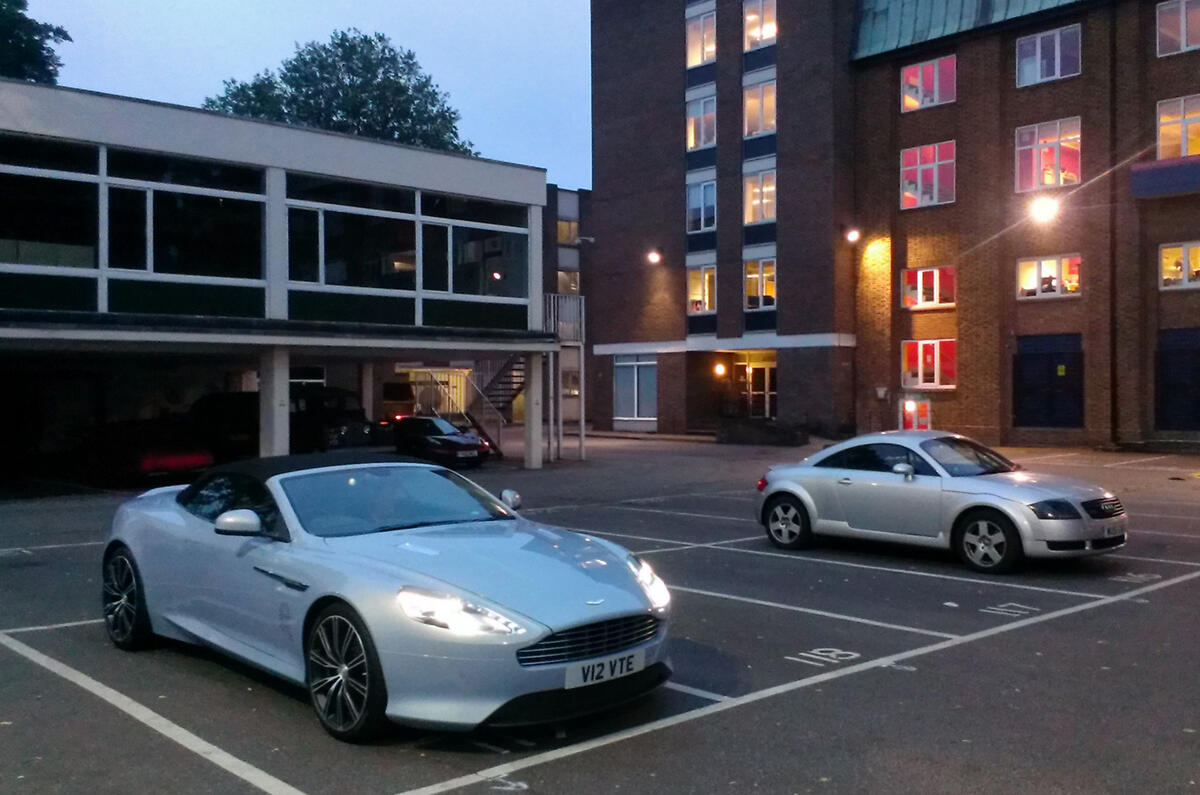
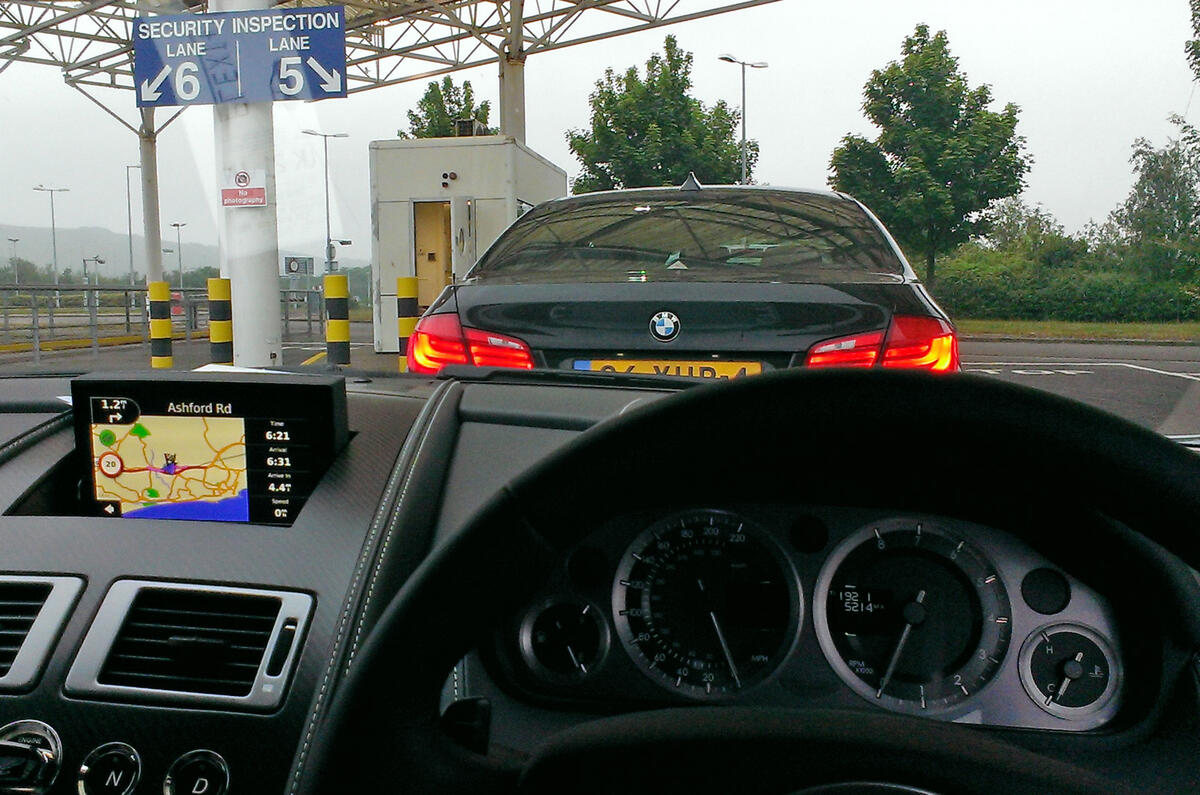
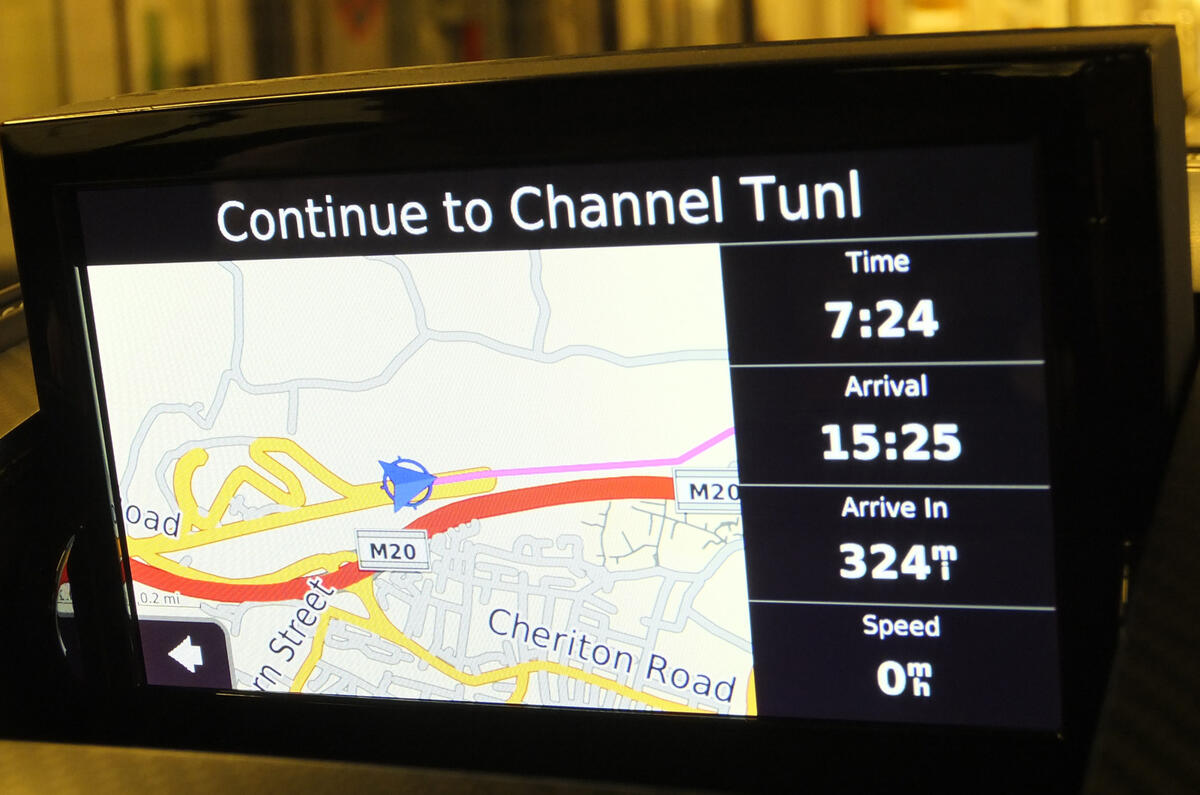
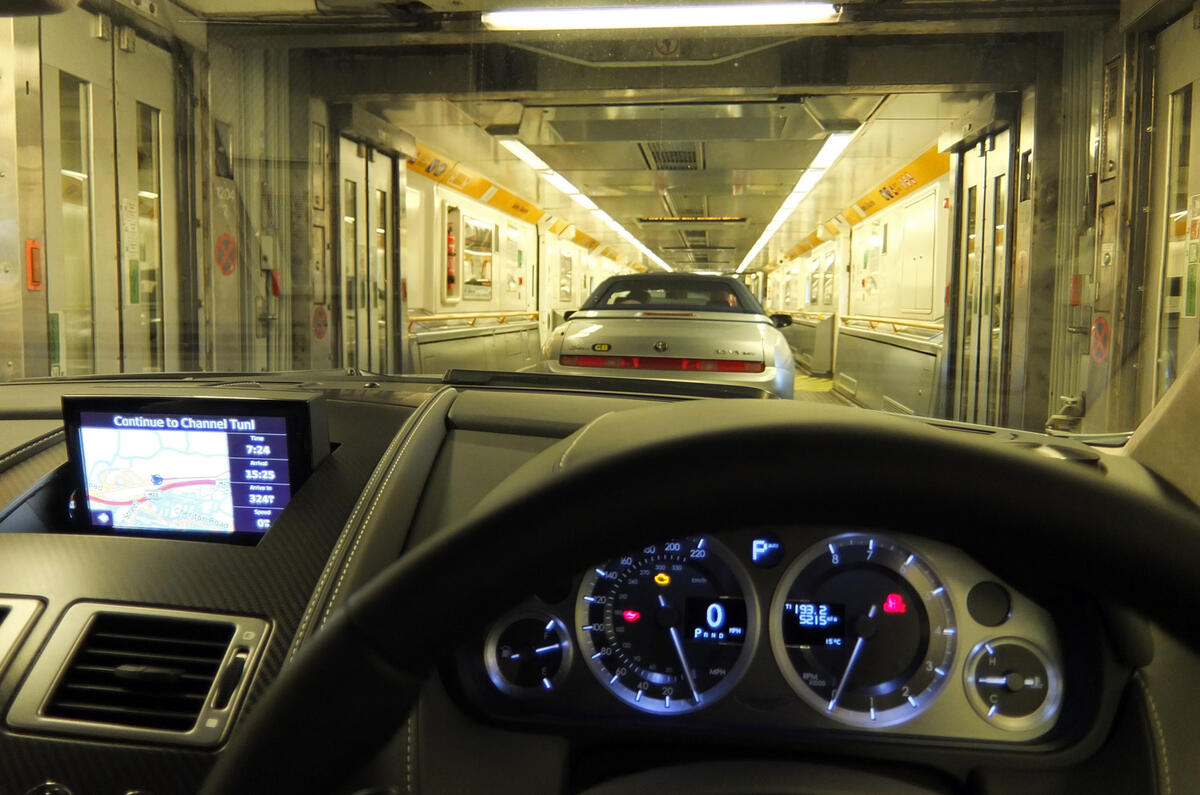
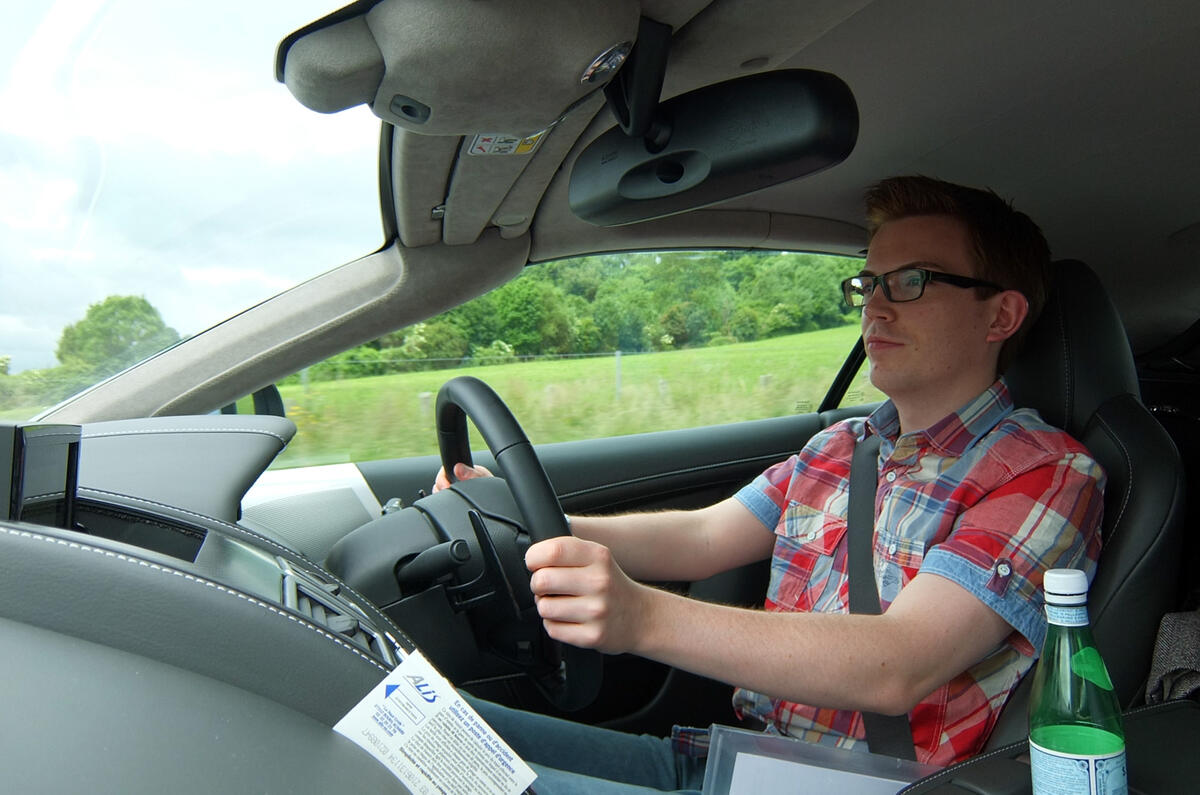
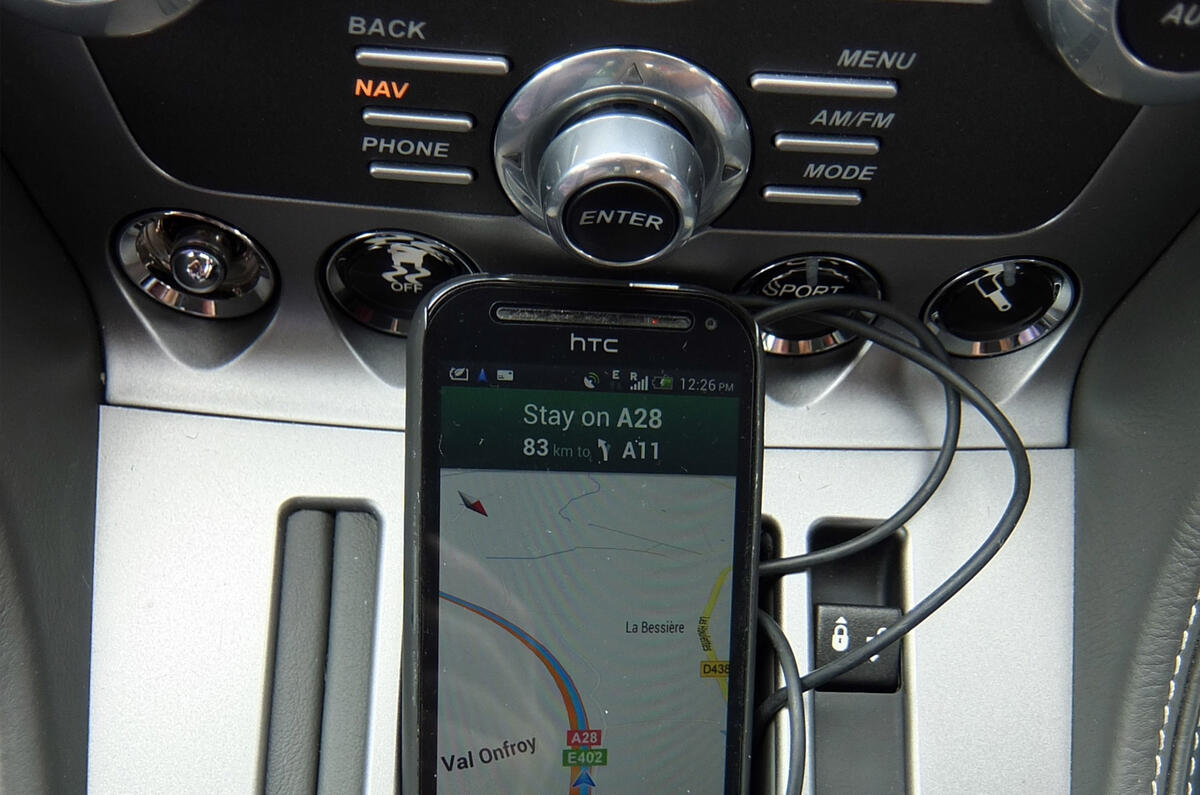
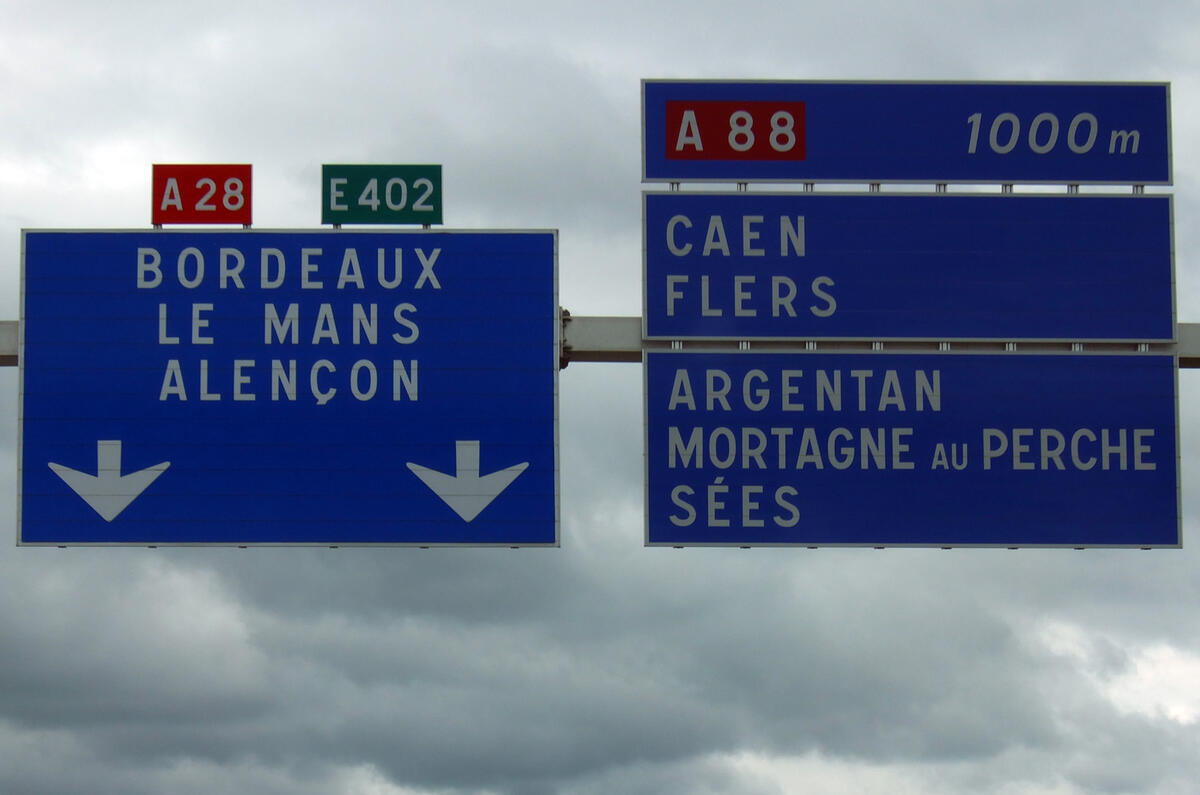
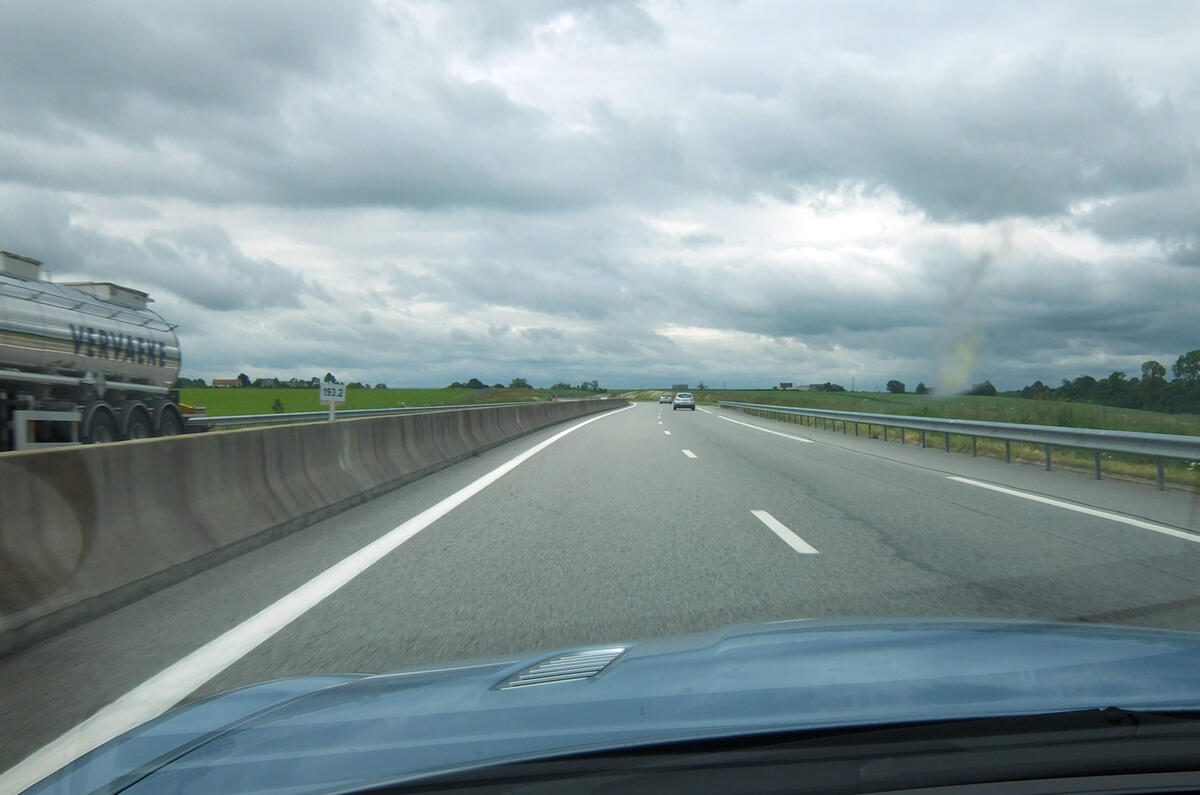
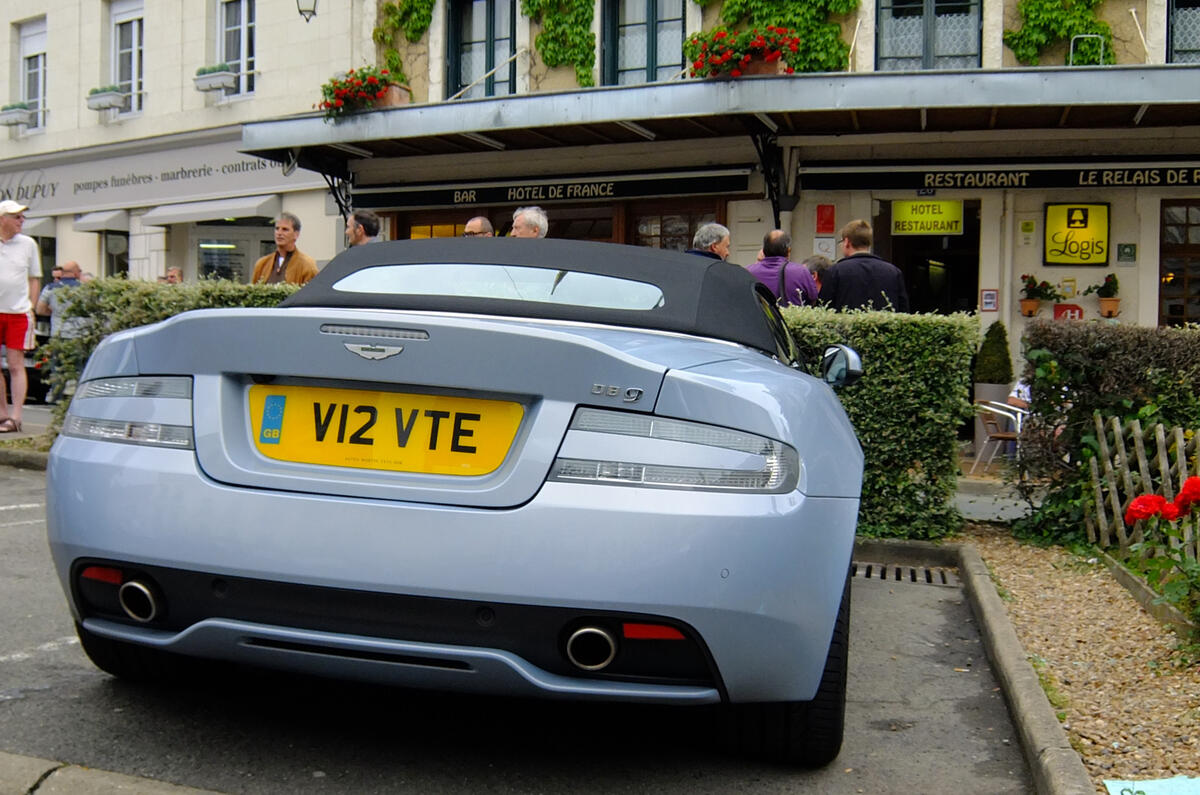
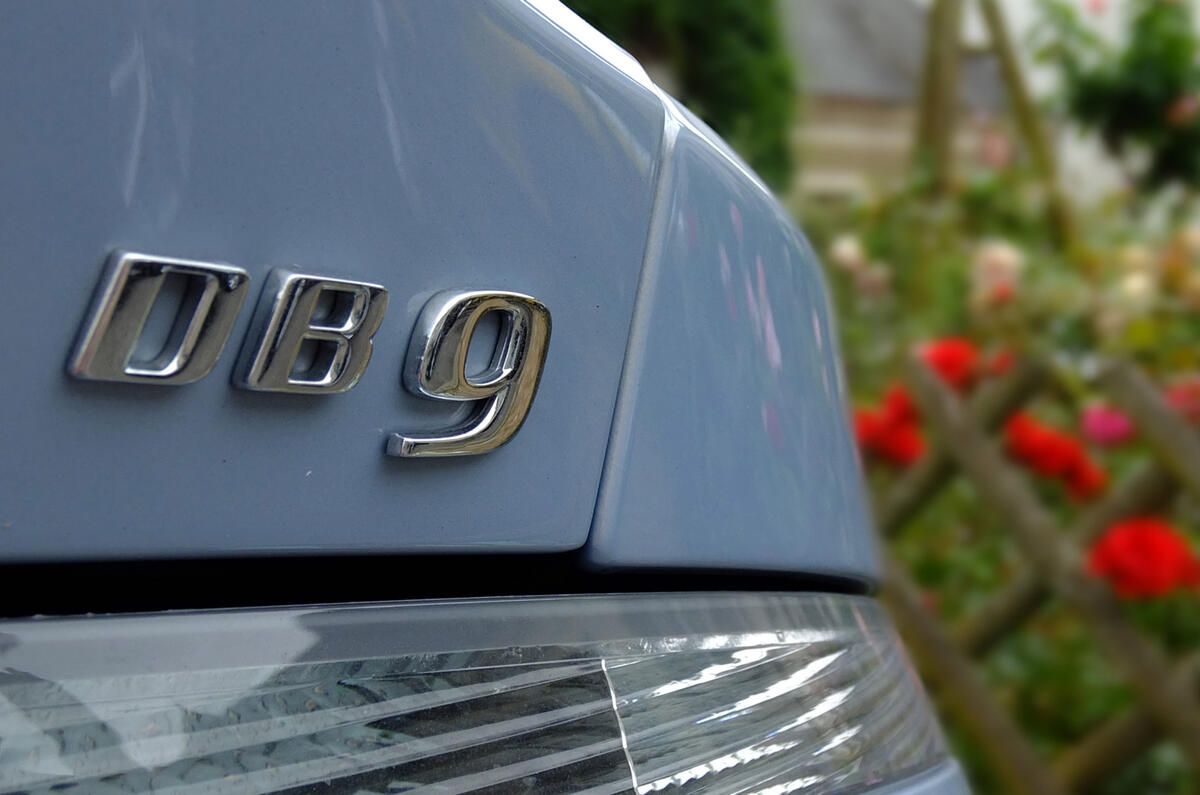
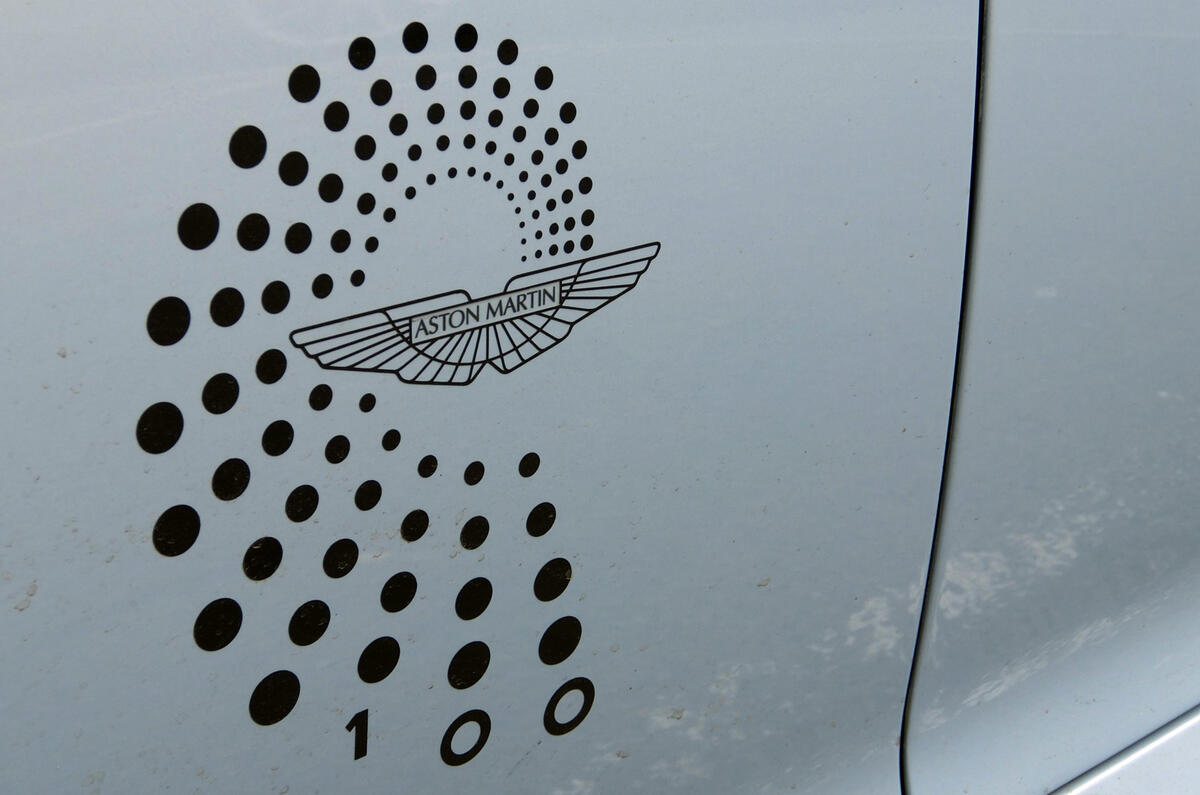
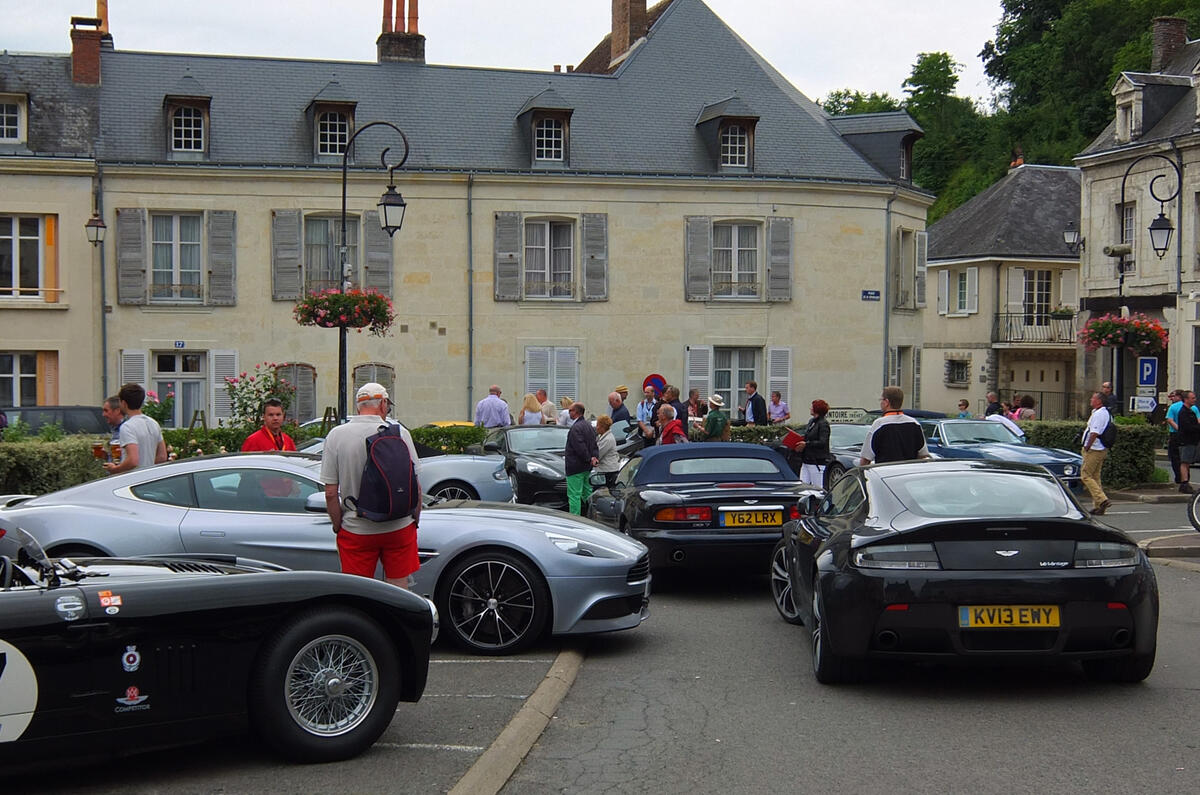
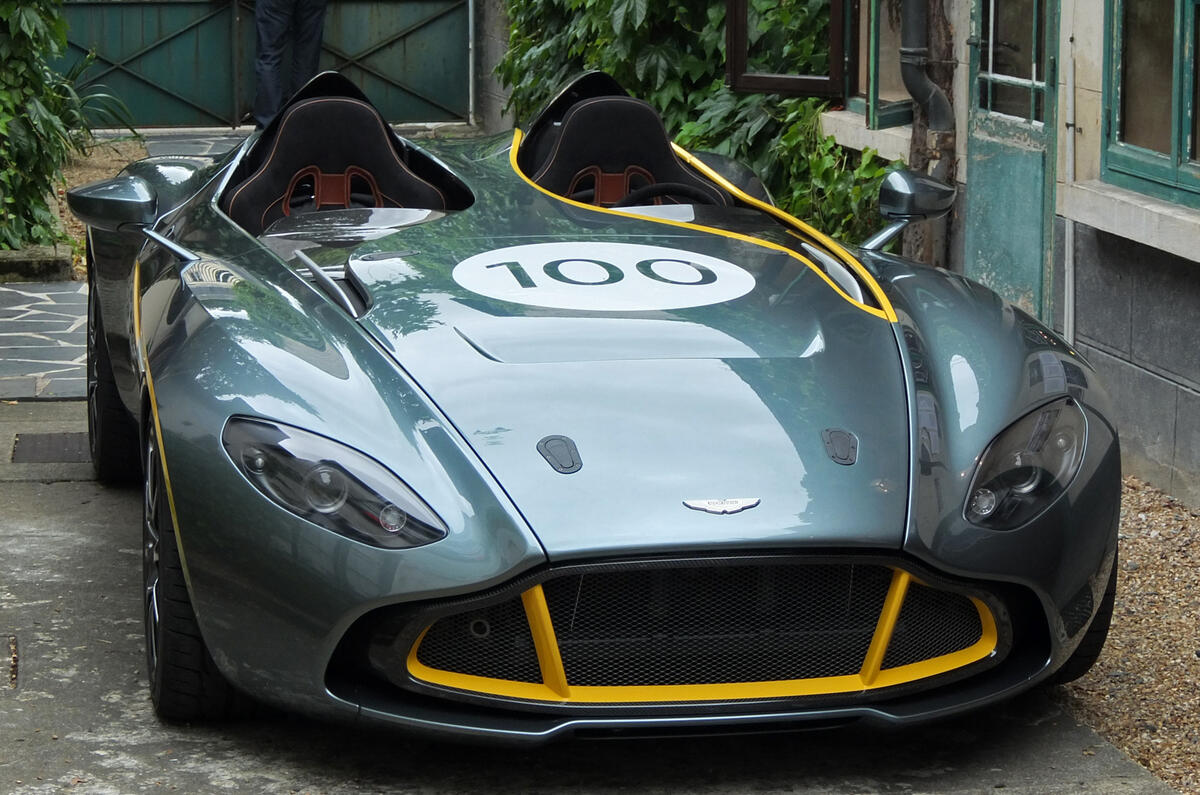
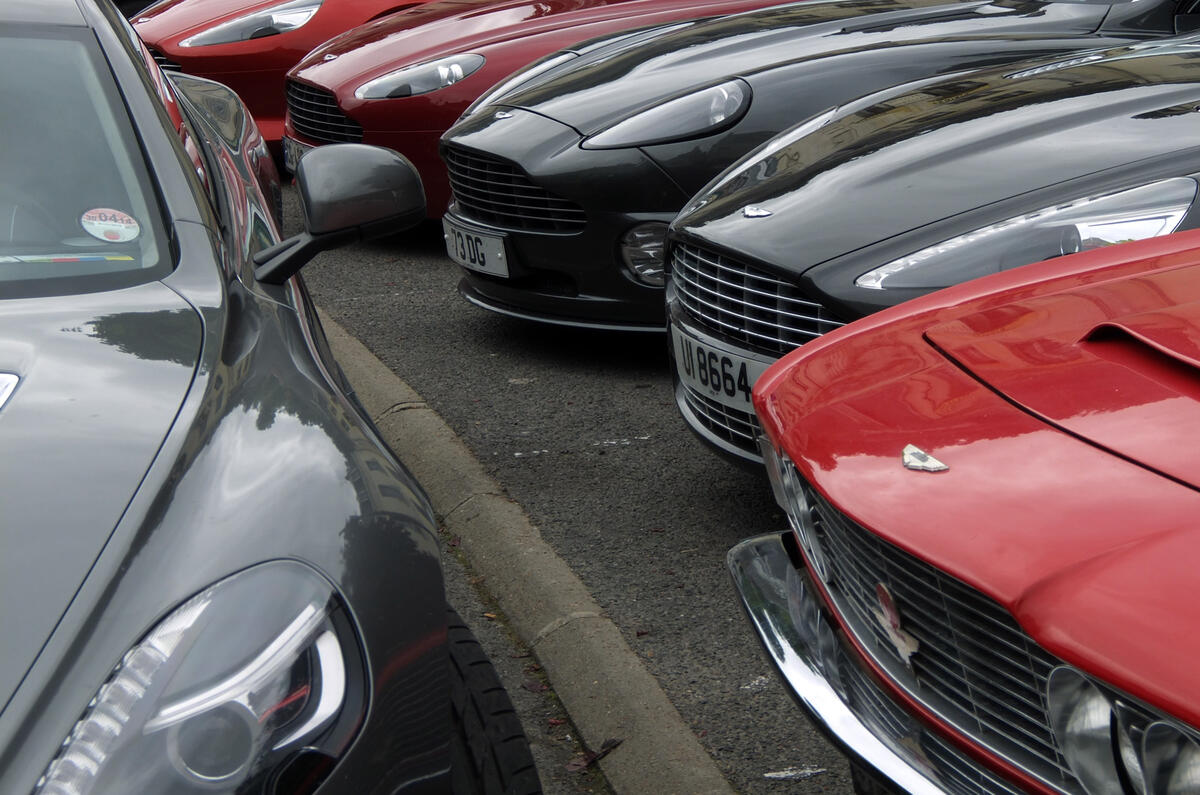

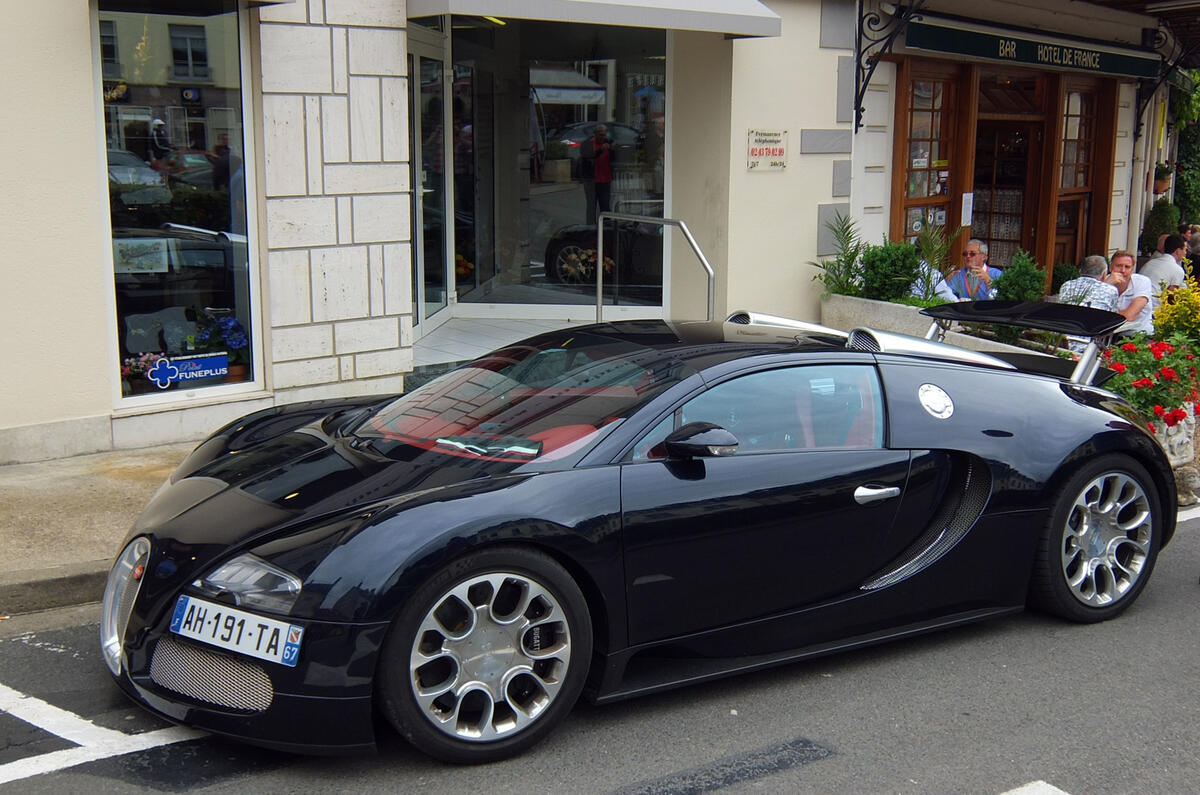

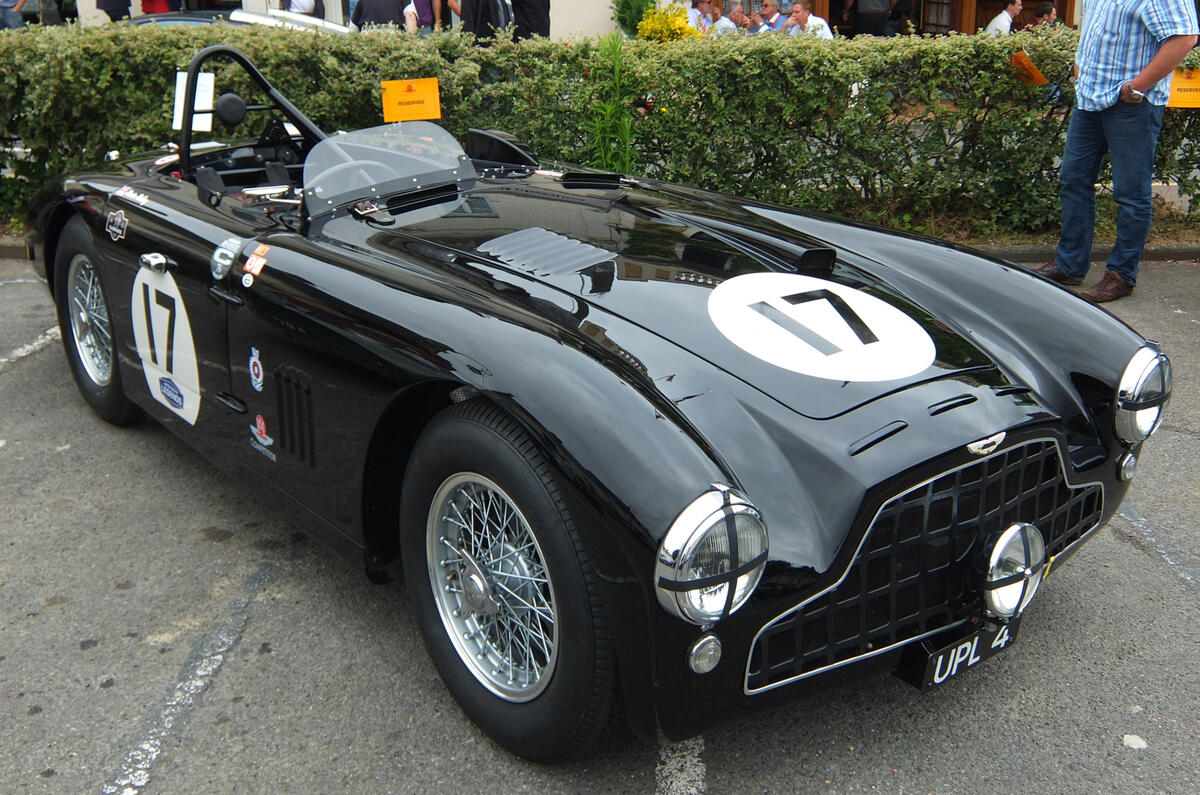
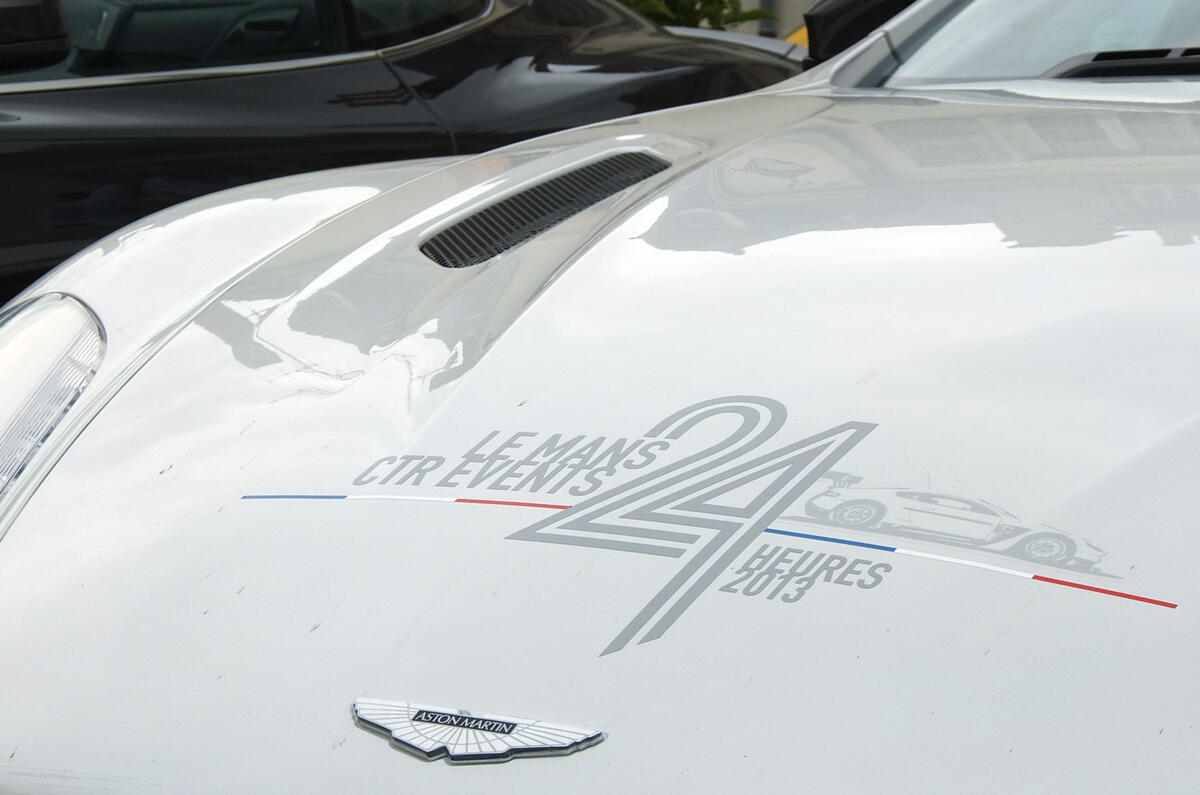

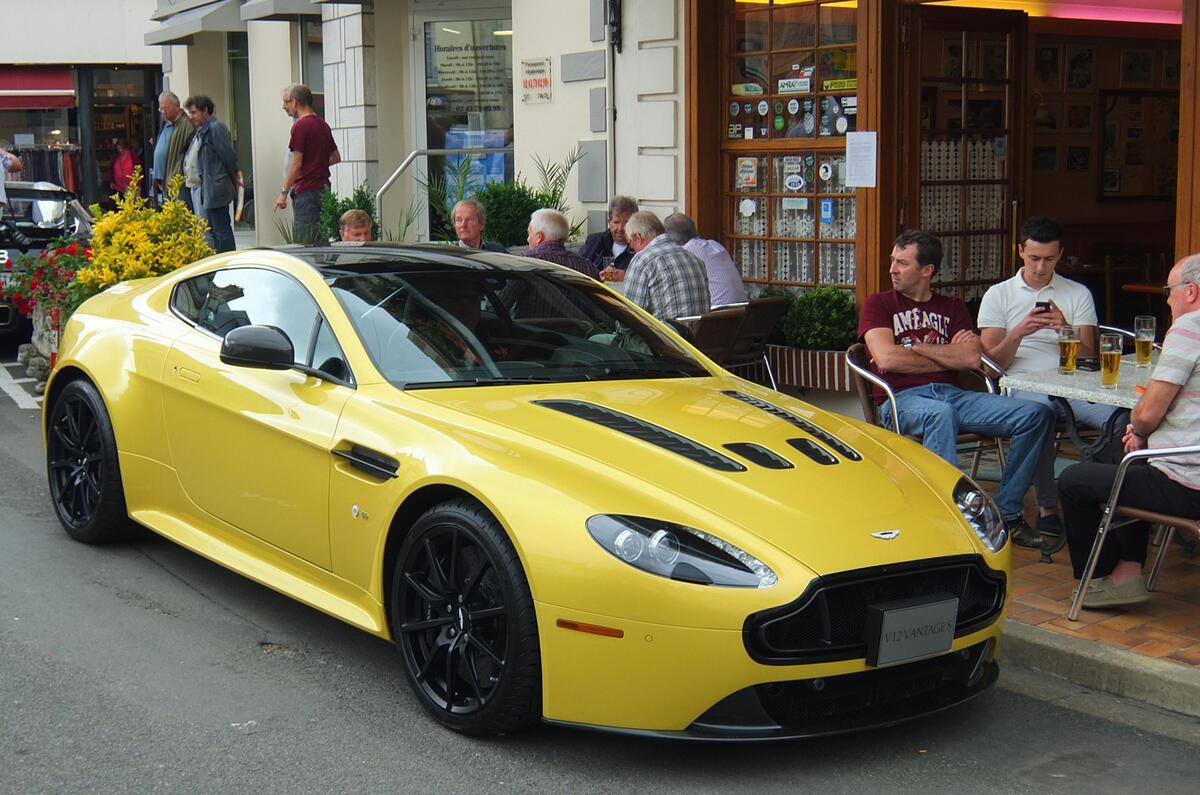
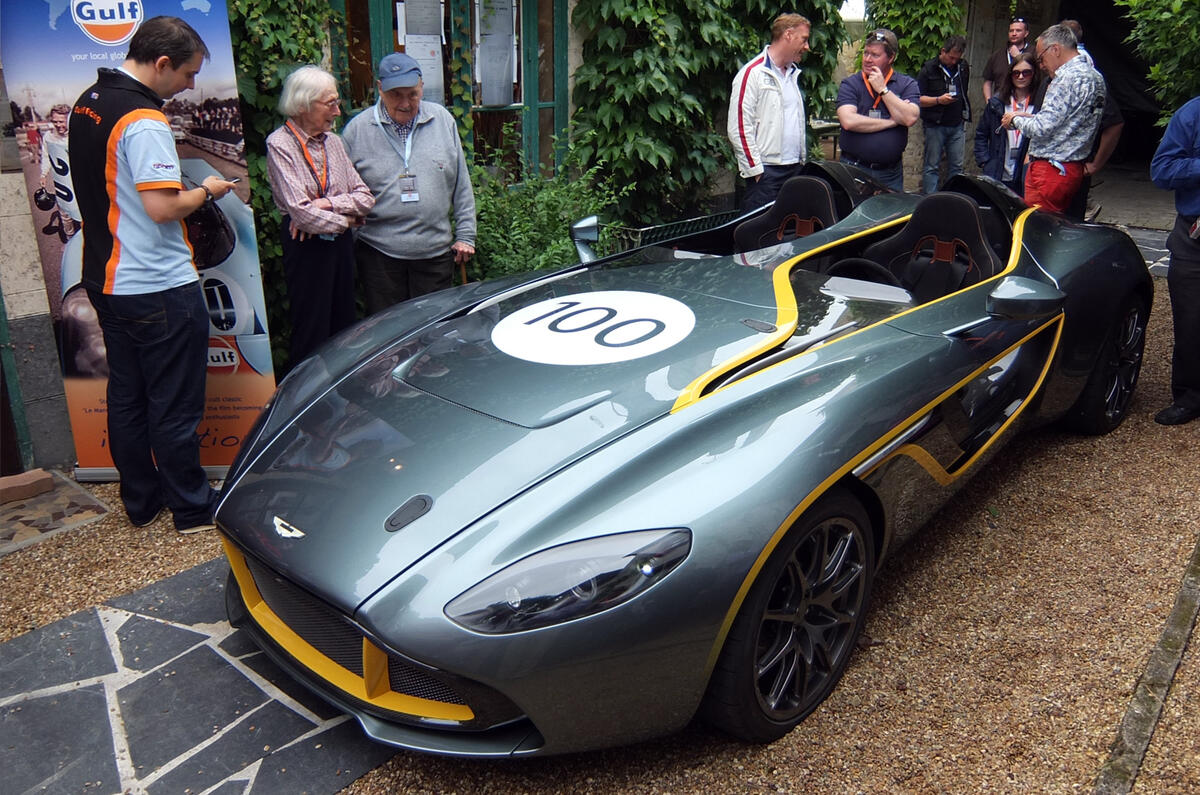
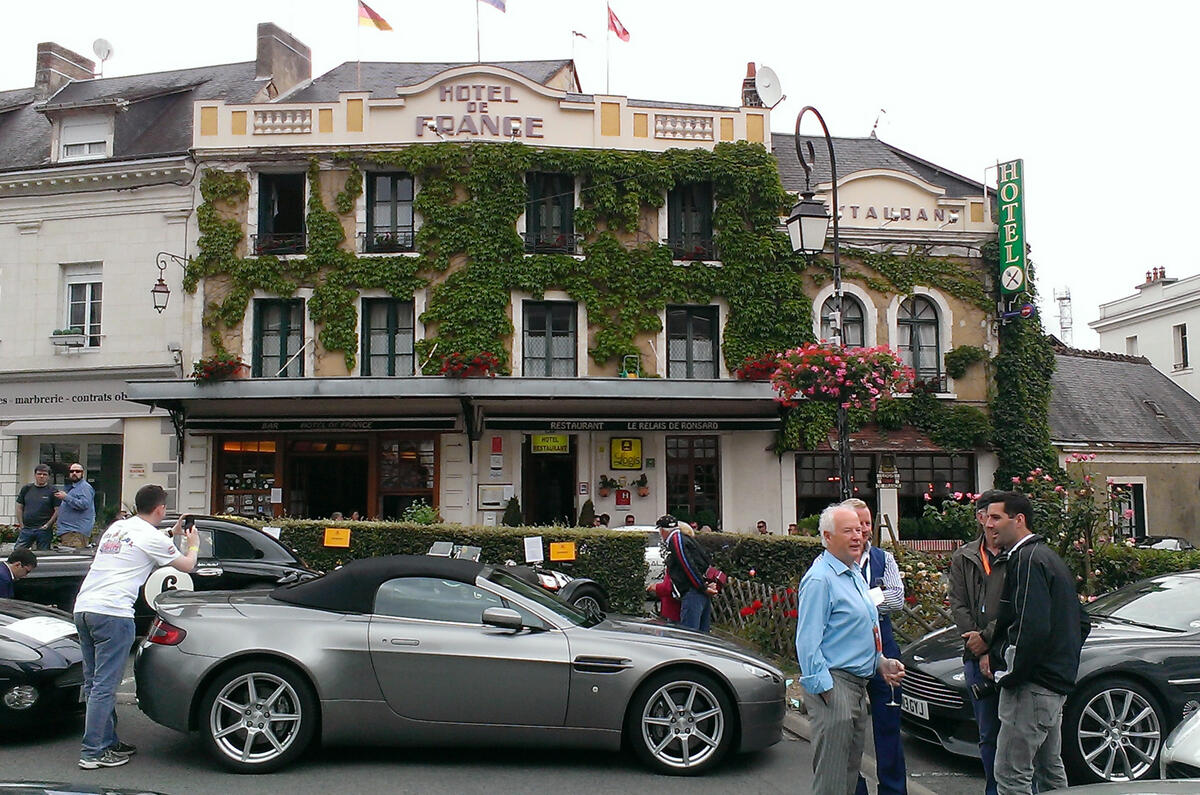
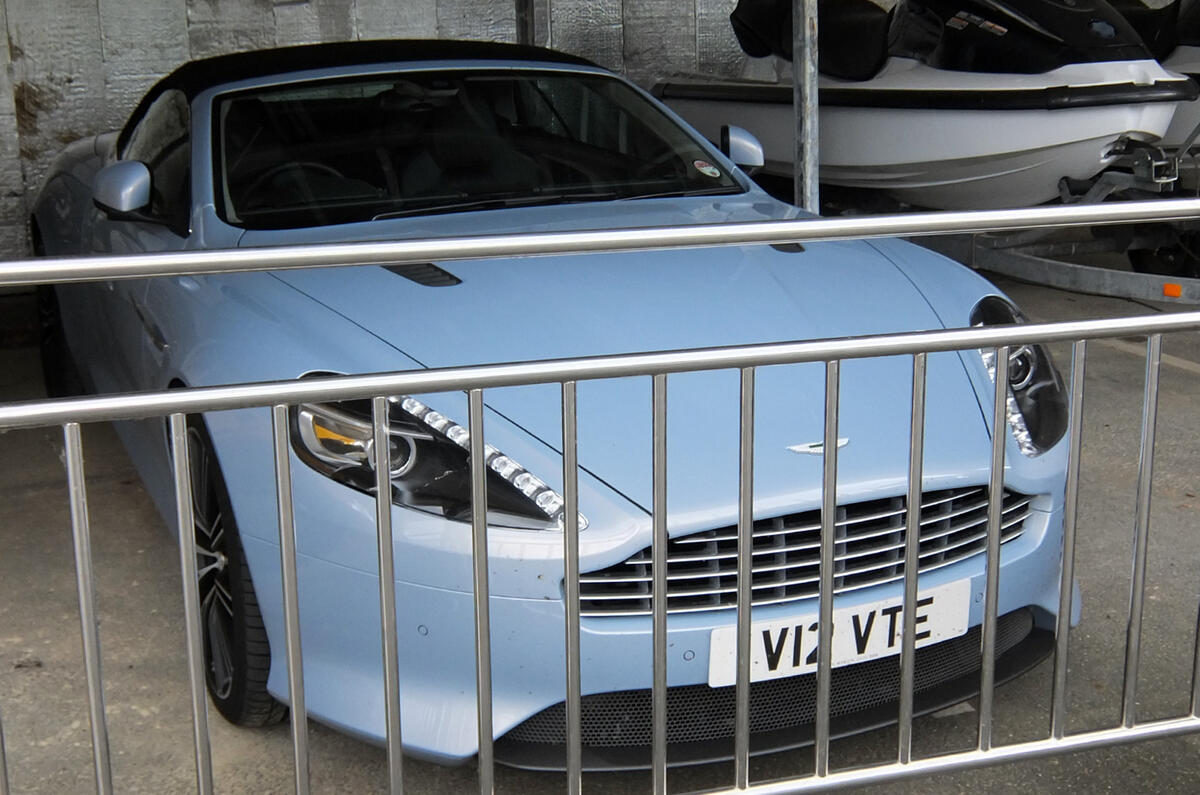
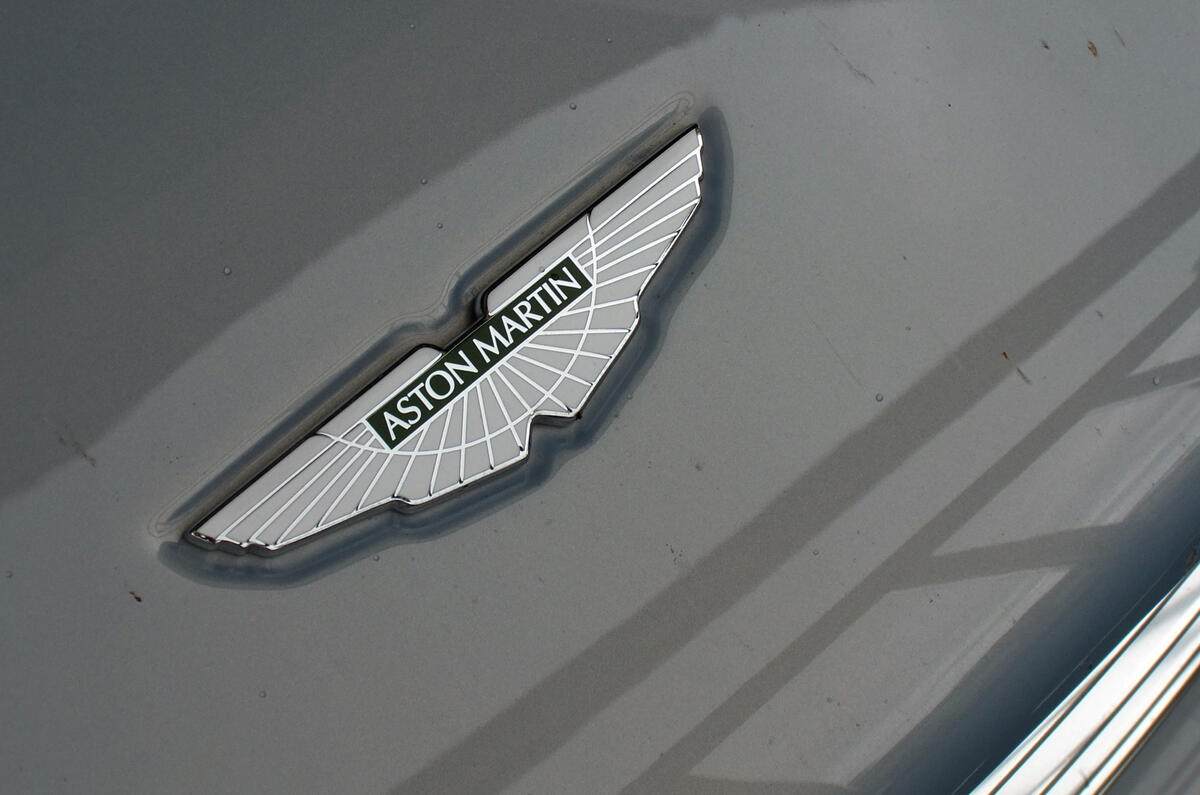
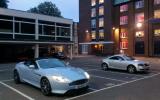



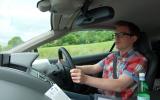
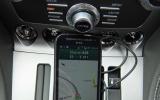
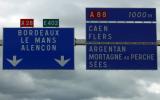

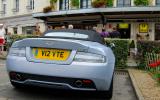
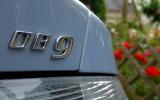
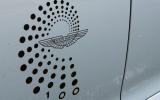

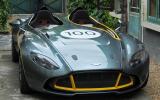


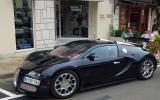
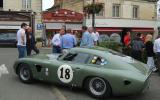

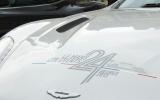
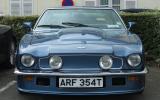

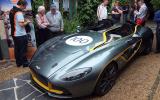

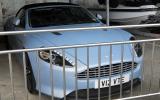
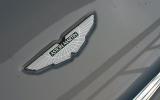


Join the debate
Add your comment
Sounds very common to me,
Sounds very common to me, turning up in a DB9. I'd have taken the original TT in the background.
RE: DB9
Dear kcrally,
Ironically, as Aston Martin was celebrating its centenary at Le Mans, early TTs were a much less common sight.
Best regards,
Lewis Kingston
DB9
@Lewis Kingston: A word of advice: I wouldn't respond to people like kcrally if were you. I'm certain most people who visit this website won't be driving to Le Mans in an Aston Martin - me included. So, consequently, all that anyone could reasonably expect you to do is describe the experience to the best of your abilities, nothing more.